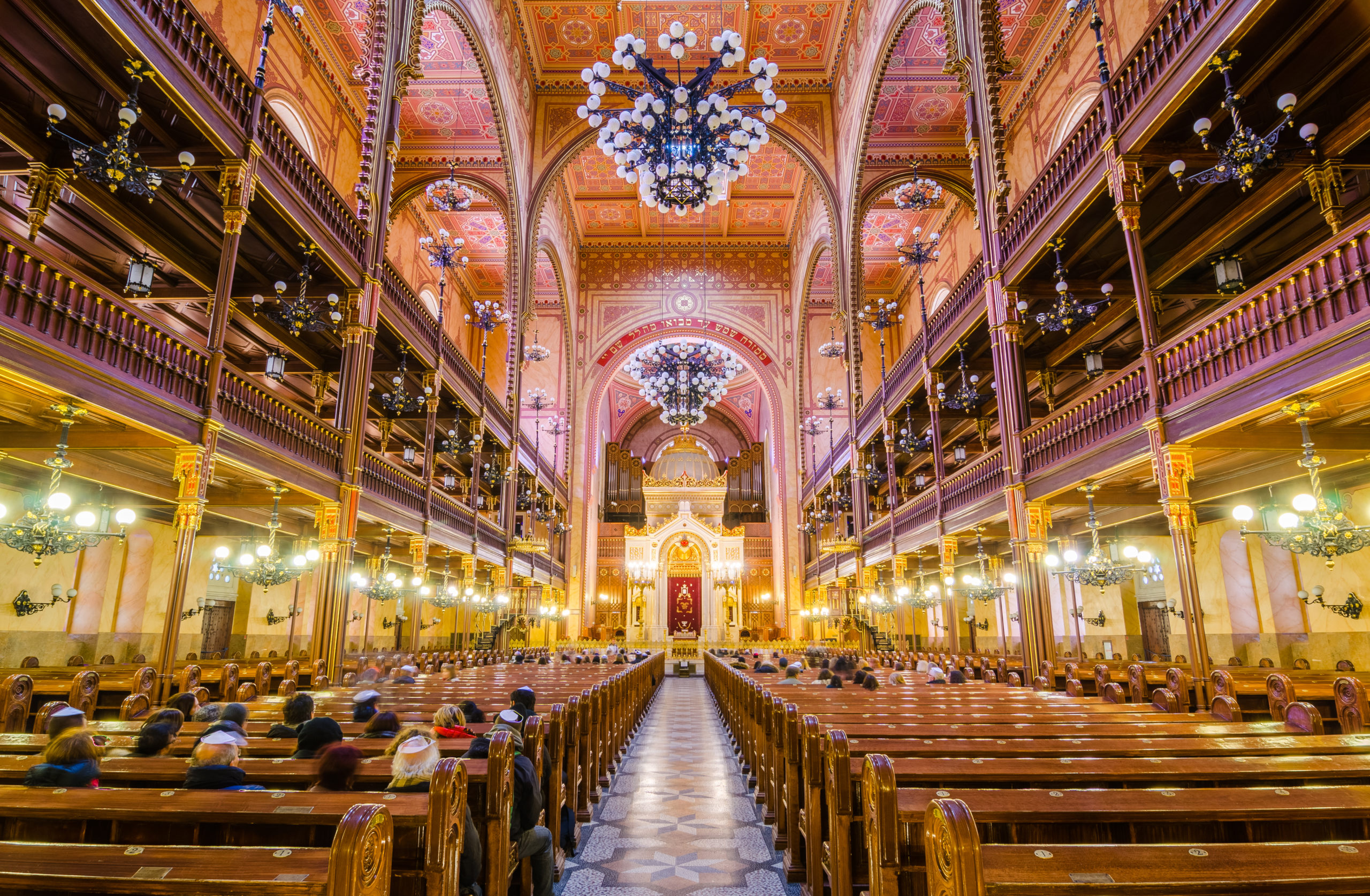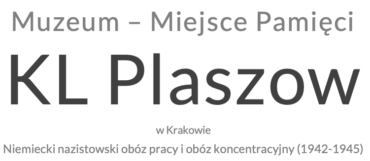Memorial Site KL Plaszow
History of the KL Plaszow
In 1942, the Germans established in the outskirts of Kraków a forced labour camp eventually transformed into a concentration camp. The largest group of prisoners was formed by Kraków Jews transferred from the ghetto in March 1943. Also Jews from other ghettos in the General Government, Poles suspected of being involved in the resistance movement and Romani families were imprisoned in the camp. In August 1944, thousands of Poles arrested on “Black Sunday” were kept in the camp. It was also a place of executions carried out by the Gestapo.
At present, the post-camp area features some clear traces of the past: relics of cemeteries, fragments of camp infrastructure, evidence of land levelling, commemoration sites. The walk is aimed to make young people familiar with the history of KL Plaszow and the historical and current topography of the Memorial Site.
Meeting point: The Grey House, 3 Jerozolimska Street
Duration: about 90-120 minutes
Archaeology of the Memorial Site
The Kraków Museum conducted archaeological surveys in the former KL Plaszow in 2016–2019. Field work revealed numerous objects: relics of blocks, tools, prisoners’ chattels, such as cutlery, mugs, toilet utensils, buttons. Those ordinary objects are connected with personal stories of prisoners, are silent witnesses of tragic events.
During a walk, the participants will acquire knowledge of methods used in archaeological surveys and interpretation of their results. The walk through the former camp will also offer opportunity to reflect on the role of historical and modern objects existing here in experiencing and interpreting the past of the site.
Meeting point: The Grey House, 3 Jerozolimska Street Duration: about 90-120 minutes
Photo(topo)graphy of the KL Plaszow
The preserved part of the former KL Plaszow is a green area today. However, its landscape covers the history of a German Nazi forced labour and concentration camp that functioned in the years 1942-1945. The key material that introduces the past of this site is provided by accounts of witnesses, former prisoners, and photographs taken during the existence of the camp.
During a walk combined with a tale of history, we will see photographs taken during the war and the post-war era. A meeting will be held to speak about the past of this site and the fate of photograph collections.
Meeting point: The Fascism Victims Memorial
Duration: about 90 minutes



 NOA is co-funded by the Rights, Equality and Citizenship Programme (2014-2020) of the European Union
NOA is co-funded by the Rights, Equality and Citizenship Programme (2014-2020) of the European Union